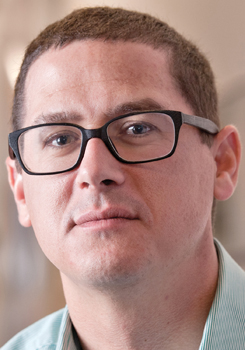Sports architects Jon Niemuth of AECOM and Matt Rossetti of Rossetti weigh in on the challenges faced by older arenas and the adjustments they can make to meet the needs of today’s consumer.
Niemuth: “In general, the older buildings were larger with expectations for attendance exceeding their projections
… not conducive to creating a great fan atmosphere. The modern arenas have more space in different places than their 1990s cousins. The areas allocated to concourses for entertainment, branded interactive zones and other special hospitality functions did not exist in the previous generations of buildings. Suites and clubs were designed more with hotel/convention-type uses than their modern counterparts. The concept of stacked suites and consistent seating bowl geometries created sterile experiences.
“We are smarter today, having designed through three significant economic downturns [in the 2000s]. The lessons of flexibility, price diversity and ‘rightsizing’ buildings has been learned and refined. The trends: Smaller is better, flexibility, diversity and connectivity. The modern arena does more with less, is more efficient in the space it consumes and generally requires fewer seats than those of a generation ago.”
Rossetti: “There’s been a divide in the older buildings between the bowl and [public] spaces. The vomitories were
built small to keep light out. Now, there is more of a tribal mentality in developing more bar spaces, often in some of the most populated areas of the venue. You turn one way to watch the game and turn the other way to watch it on TV. It’s about slicing the bowl to engage.
“The food service in these older buildings used to [stink]. The kitchens were a fifth of the size they should be. Now, it’s all about having an exhibition-style kitchen and action stations in the clubs. Additional back-of-house space, more deluxe clubs. ... There’s also way more focus on ‘GA Joe.’ Instead of just catering to the premium guests, you’ve got to have great places to go to for the average fan.
“I think 35 years will be the life span of an arena. I can’t see any building lasting longer. The pace of technology and the way we use buildings is changing so much … even the way bowls are being put together.”





